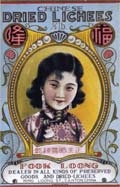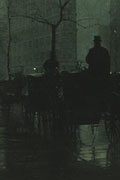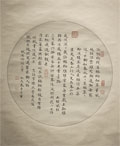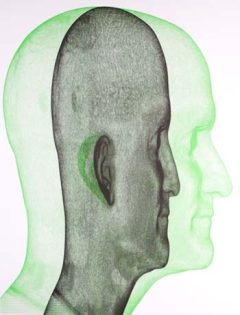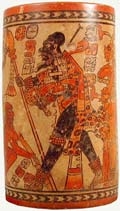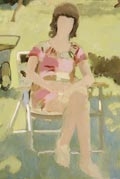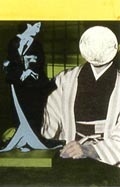China Modern: Designing Popular Culture 1910–1970
–
China Modern is a vast and substantive exhibition of approximately 175 objects which takes an in-depth look at the rich tradition of Chinese designs and styles in advertising, packaging, and promotional art for cinema, music, comic books, pulp fiction, fashion, games and toys. The exhibition’s iconic images chronicle China’s changing attitudes, identity, and its transition to a giant, commercial superpower.

